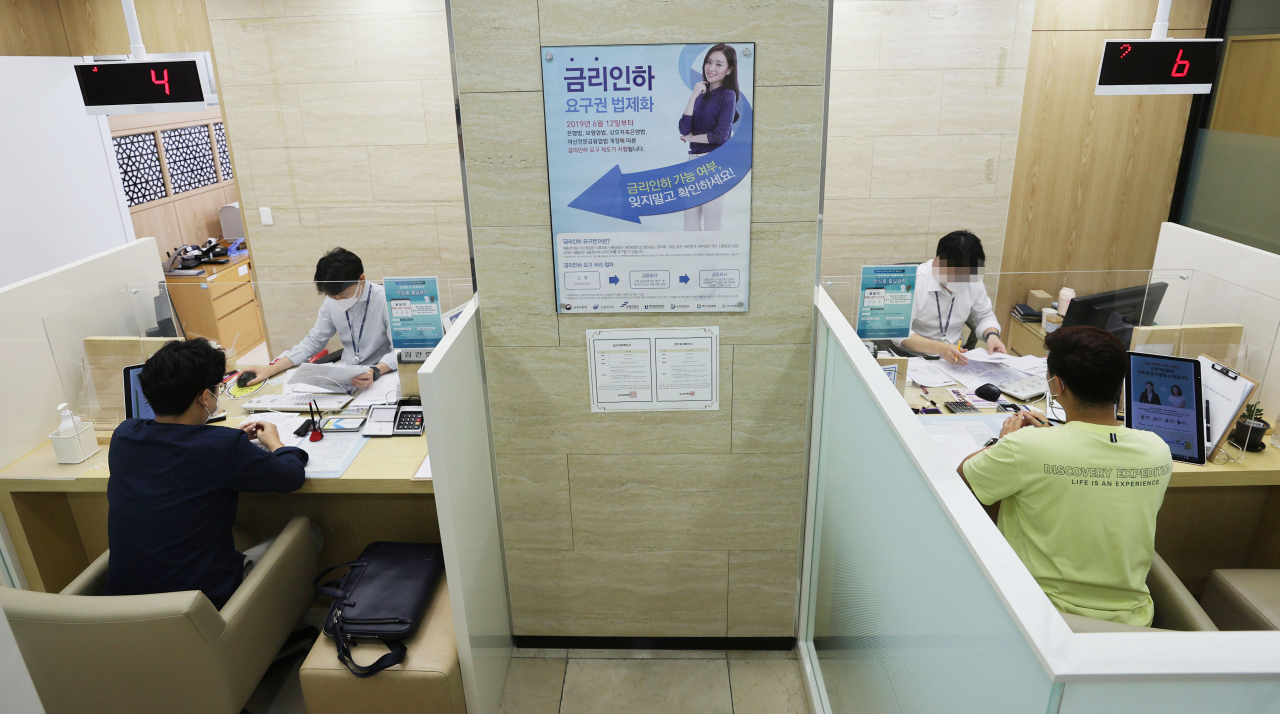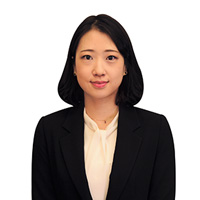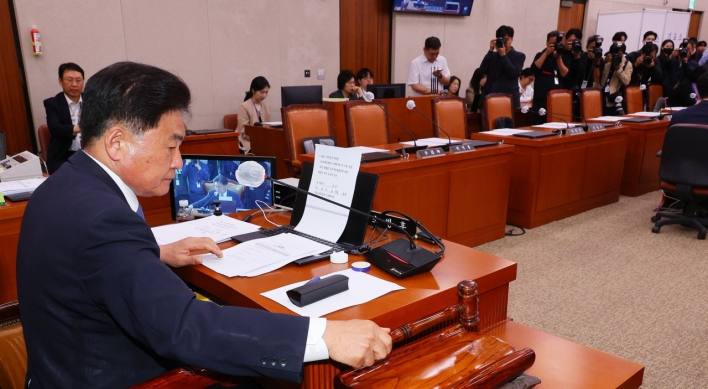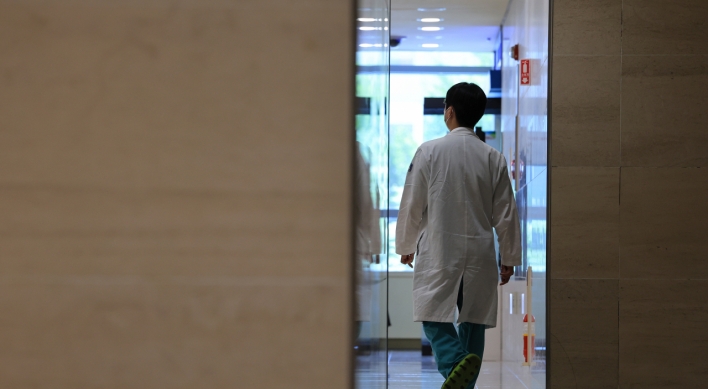Second-tier banks urged to tighten lending amid soaring household debt
By Choi Jae-heePublished : Aug. 22, 2021 - 14:44

South Korea’s financial watchdog has called on second-tier banks to tighten lending standards on their extension of personal unsecured loans, as part of a move to curb ballooning household debt, industry sources said Sunday.
The Financial Supervisory Service had sent a message to the Korea Federation of Savings Banks on Friday urging its member companies, including savings banks and mutual financial cooperatives, to keep the maximum amount of credit loans allowed for individuals below their annual earnings, the sources said. The FSS noted that loan demand from households has remained at a high level, buoyed by ample liquidity amid the record-low interest rate environment, they said.
In general, savings banks’ ceiling for personal credit loans is between 100 million won and 150 million won ($85,000-$127,000). Financial authorities plan to closely monitor second-tier financial institutions’ efforts to set up tighter supervision of household debts, with a goal of maintaining the growth rate of household loans in second-tier banking circles to below 21 percent.
The move is aimed at preventing the so-called “balloon effect,” following the financial authorities’ recent measures to cap the size of credit loans extended by first-tier lenders, a Financial Services Commission official said.
Just like a balloon expands elsewhere wherever you squeeze it, households have increasingly moved to savings banks, mutual credit or community credit cooperatives, to borrow money.
According to data from the FSS, the volume of household loans issued by second-tier financial institutions during the first half of this year was up 21.7 trillion won from the end of last year.
Since July, the policymaking FSC has applied a stricter lending calculation for mortgage loans, called the debt service ratio, which measures how much a borrower has to pay in principal and interest payments in proportion to his or her yearly income.
Under the new rule that only applies to first-tier banking circles, a borrower is required to repay 40 percent of annual income if he or she buys a home worth more than 600 million won in designated speculative areas.
Responding to the financial authorities’ tougher lending regulations, the National Agricultural Cooperative Federation, the parent company of NongHyup Financial Group, recently decided to temporarily stop offering the so-called “group loans,” at its financial cooperatives, including agricultural commodity cooperatives and livestock commodity cooperatives, while tightening its current 60 percent debt service ratio.
The group loans are extended en masse to a number of borrowers belonging to a certain group who have applied for the same house deal, without individual credit assessments.
Meanwhile, criticism over the government measure to ease household debt worries is rising among people who have rushed to take out bank loans to make ends meet amid the pandemic.
“Not all debtors are pouring borrowed money to buy a house or stocks. For small merchants and low-income households hit hard by the prolonged COVID-19 pandemic and subsequent economic fallout, bank lending is the last resort,” an industry source said.
By Choi Jae-hee (cjh@heraldcorp.com)











![[Kim Seong-kon] Democracy and the future of South Korea](http://res.heraldm.com/phpwas/restmb_idxmake.php?idx=644&simg=/content/image/2024/04/16/20240416050802_0.jpg&u=)








![[Today’s K-pop] Zico drops snippet of collaboration with Jennie](http://res.heraldm.com/phpwas/restmb_idxmake.php?idx=642&simg=/content/image/2024/04/18/20240418050702_0.jpg&u=)